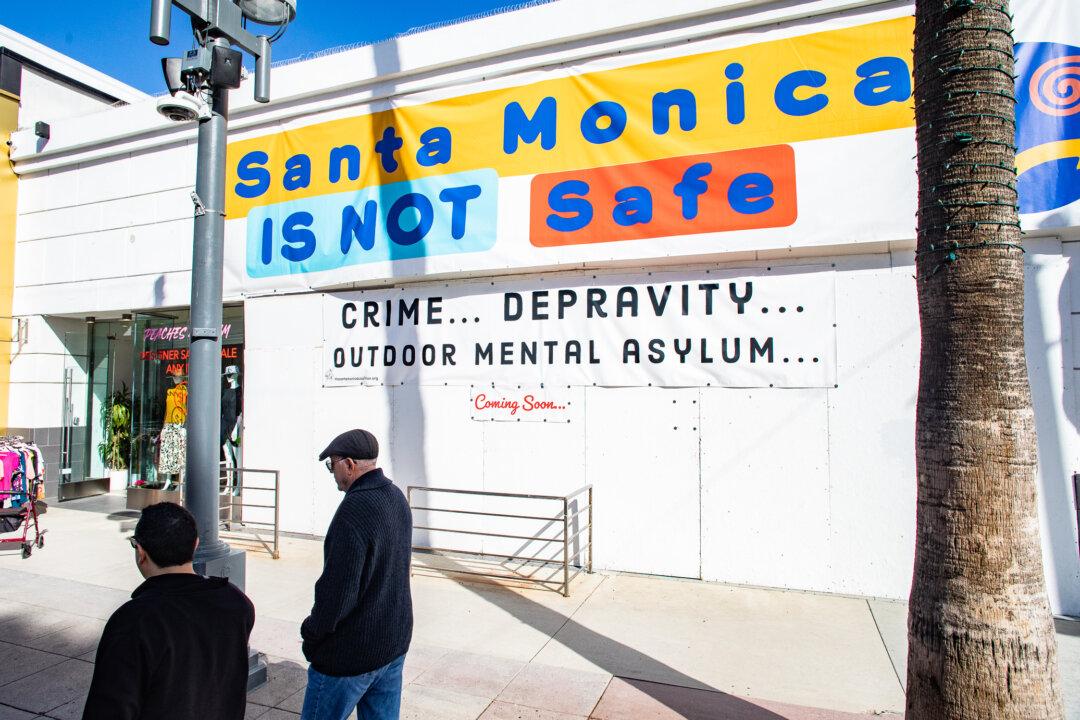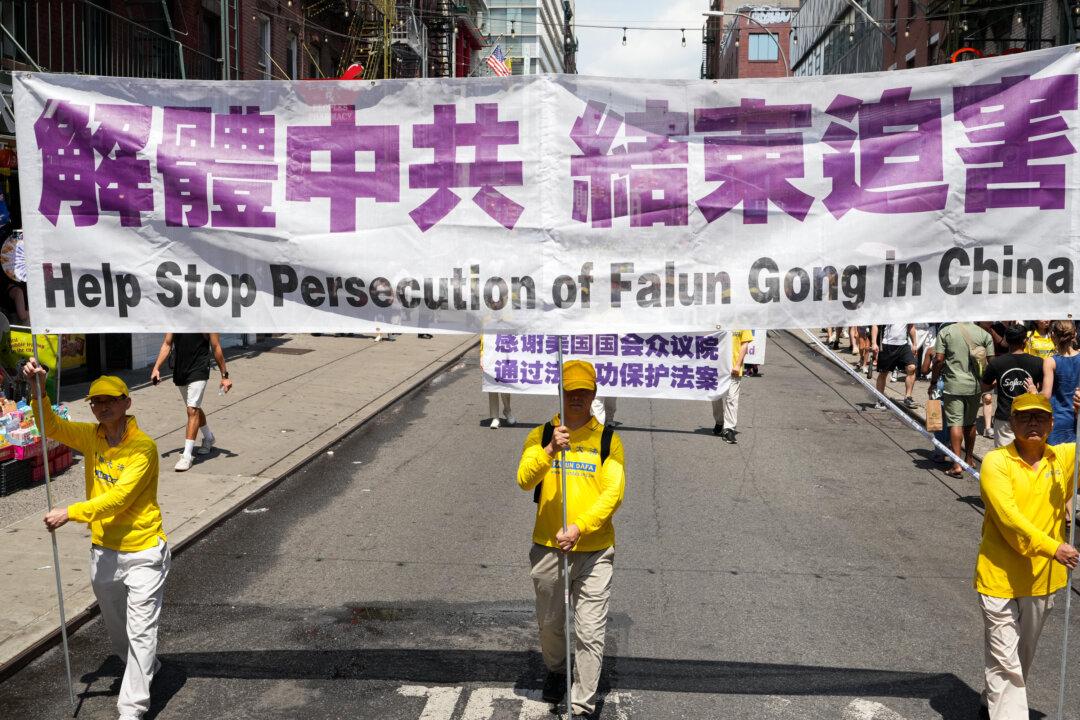The co-founder of a group trying to bring attention to what it says are unsafe conditions in Santa Monica, California, due to homelessness and open-air drug use was attacked Sept. 19 by a homeless man in a park near the beach.
The incident took place at Pacific Palisades Park at 3:30 p.m. after John Alle, the co-founder with the Santa Monica Coalition, began using his phone to film a homeless man lying on the ground.





